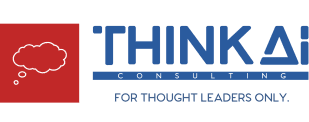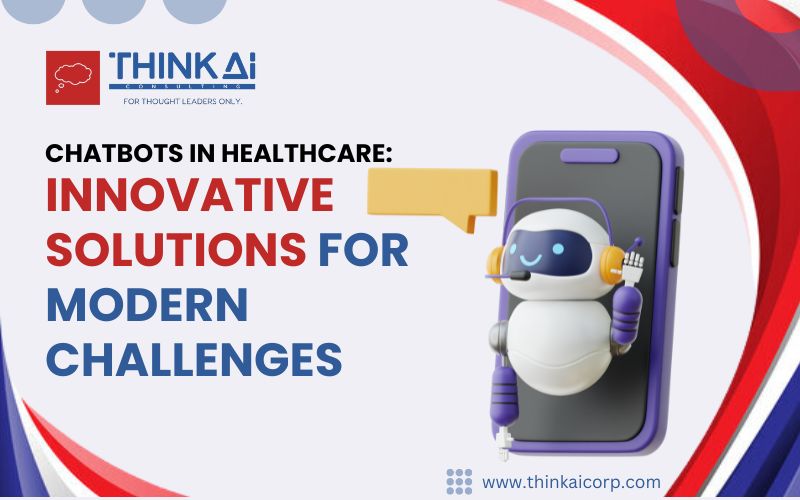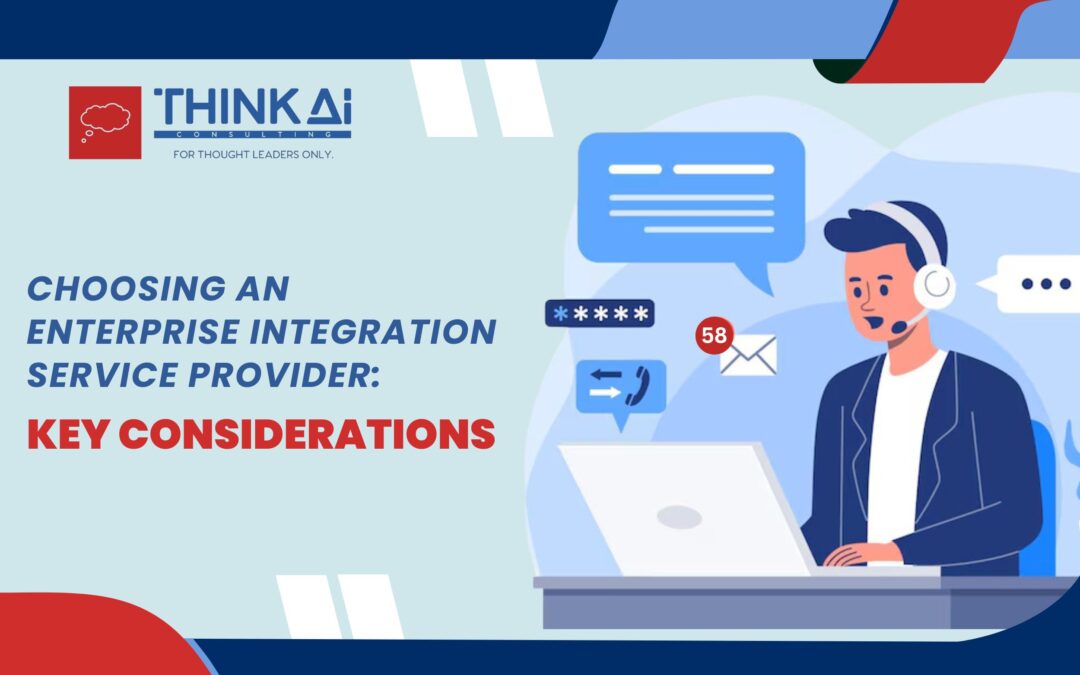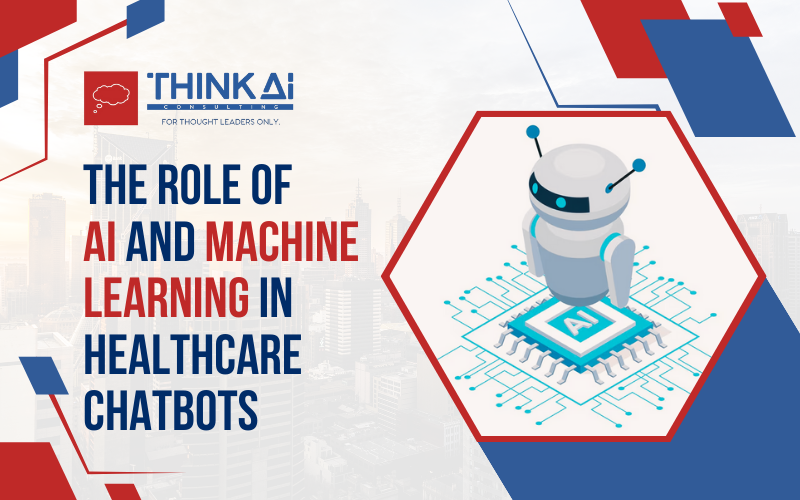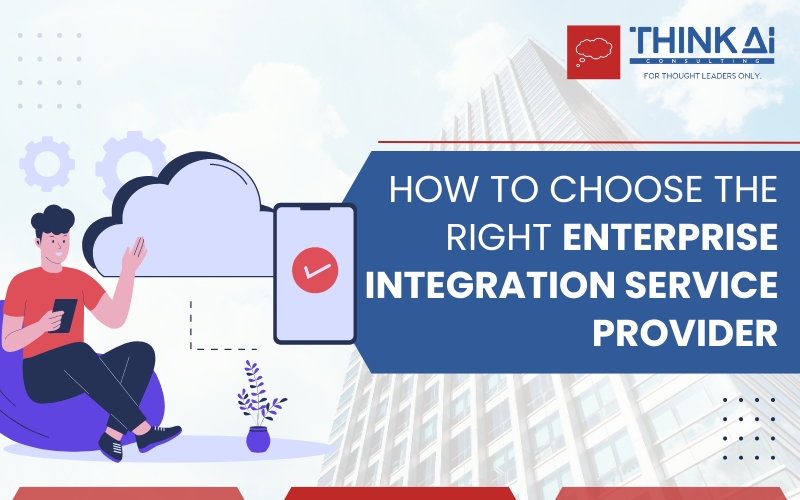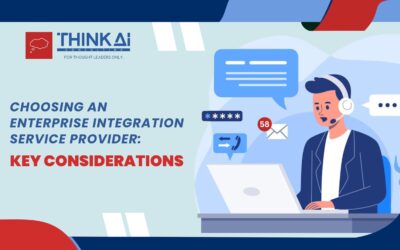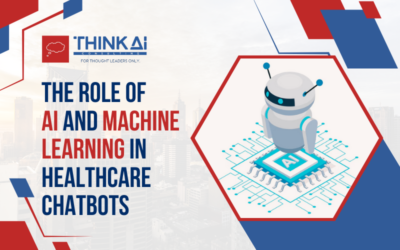You’ve seen the headlines – AI is all set to take over the world, machine learning will soon rule us all, and algorithms are becoming our overlords. But predictive analytics, the data-driven crystal ball peering into the future, isn’t quite the dystopian nightmare the media portrays. Predictive analytics is quietly revolutionizing business planning in industries from retail to manufacturing.
Gone are the days of relying on gut instinct and rudimentary trend analysis to guess at future demand. Predictive analytics is cracking the code to forecasting futures with data-backed insights, enabling companies to optimize inventory, align production with projected sales, and save millions.
The robots may eventually come for us all, but predictive analytics is here to help businesses thrive today by gaining a competitive edge with data-driven demand forecasting and smarter inventory management. The future is looking bright.
Introduction to Predictive Analytics for Demand Forecasting and Inventory Management
So you want to gaze into the future, do you? Don’t we all? The good news is, with predictive analytics, you can get a glimpse of what’s to come in demand forecasting and inventory management.
Predictive analytics leverages statistical algorithms and machine learning techniques to analyze historical and current data to make predictions about the future. For demand forecasting, predictive analytics can detect patterns to anticipate customer demand and business opportunities. You’ll know how many units of a product to stock, ensuring you have enough to meet demand but not too many leftovers gathering dust on shelves.
Retailers have been early adopters, using predictive analytics to anticipate what customers will buy based on past purchases, browsing habits, and even weather forecasts. They can then optimize pricing, promotions, and supply chain management. Manufacturers are also leveraging predictive demand forecasting to streamline production scheduling and raw materials purchasing.
Some methods used in predictive analytics for demand forecasting include:
- Linear and multiple regression analysis: Identifying relationships between demand and influencing factors like promotions, seasons, etc.
- Time series analysis: Detecting patterns in historical demand data to predict future demand.
- Machine learning: Applying algorithms that can detect complex patterns in big data to uncover hidden insights and make accurate predictions.
While no forecast will be 100% accurate, predictive analytics gets you far closer to knowing what the future may hold for your demand and inventory needs. The benefits it can provide can be huge. The future is forecastable if you have the right data and tools. So why not take a glimpse?
How Predictive Analytics Improves Demand Forecasting Across Industries
Predictive analysis helps companies know future demand, letting them stock only the right amount of inventory. No more empty shelves or warehouses bursting at the seams!
Retailers, for example, can analyze past sales data, events, and even weather to predict how many fuzzy slippers or swimsuits they’ll need for the coming season. Other major retailers might find they could increase sales by almost 3% just by improving demand forecasting for key products.
Reduced spoilage and excess
With predictive analytics, stores, and restaurants can gain visibility into how many products and stock they’ll actually need, so less ends up in the trash. Perishable goods are tricky to forecast, but when you have an algorithm that considers multiple factors like promotions, holidays, and even heat waves, you’ll have fresher produce and happier customers.
Maximized profits
Accurately anticipating demand means making the most of your inventory budget. Whether you’re running a hospital or a hardware store, you can ensure you have enough surgical masks or hammers on hand to meet demand without overspending. Some companies have seen a 5-10% increase in profit margins thanks to predictive inventory management.
While no model can predict the future with 100% accuracy, predictive analytics gets us far closer than the crystal balls of yore. For demand forecasting and inventory management, means fresher goods, fuller shelves, and fatter profit margins. The future is looking bright! Isn’t it?
Optimizing Inventory Levels With Predictive Analytics
Want to optimize your inventory levels, do you? You’re in luck—predictive analytics has your back. By leveraging forecasting models fueled with historical sales data, predictive analytics can help determine how much product you’ll need to meet demand and avoid excess stock. No more guessing games. No more emergency shipments when you inevitably run out of your hottest sellers.
Let the data do the talking
Predictive analytics examines your past sales records to identify trends and patterns in customer behavior. It uses these insights to calculate the probability of future outcomes and determine the optimal inventory levels for your products. Fancy math aside, it really comes down to letting cold, hard data—not hunches—guide your inventory planning.
Tailor inventory to demand
With predictive analytics, you can customize inventory levels for each product based on projected demand. Fast-selling or seasonal goods get more stock, slow movers get less. You’ll avoid being over or under-stocked and match supply to demand. Many retailers have found their out-of-stock items decreased by up to 50% after implementing these data-driven inventory tactics.
Reduce costs
When you optimize inventory with predictive analytics, you trim the fat and avoid excess. Less leftover stock means fewer markdowns, less waste, and lower holding costs. Studies show companies can decrease inventory costs by up to 30% using these forecasting models.
Predictive analytics may require an initial investment, but the potential cost savings and increased efficiency can make it worthwhile, especially at scale. While no model is perfect, leveraging data and analytics is a smart way for any business to plan inventory and prepare for future demand. The future is hard to foresee, but with predictive analytics, it gets a little bit clearer.
Case Studies: Companies Leveraging Predictive Analytics for Demand Forecasting and Inventory Management
Predictive analytics has revolutionized demand forecasting and inventory management for companies in all industries. No longer are businesses stuck using outdated statistical models and guesswork to figure out how much stuff they need to have on hand. Now, with the help of predictive analytics, companies can gain insights into customer behavior and accurately predict future demand.
Retailers, for example, have a treasure trove of data on customer purchases that they can mine for demand forecasting gold. By analyzing buying patterns, retailers can anticipate how many jeans/drones/kitchen gadgets they’ll need in stock for the upcoming season. This means fewer out-of-stock items, fewer clearance sales, and happier customers. Win-win-win.
Manufacturers are also hip to the predictive analytics game. By incorporating data on the availability and costs of raw materials, production schedules, and economic indicators into their demand forecasts, manufacturers can optimize their inventory levels and ensure they have enough components on hand to meet customer orders. No more scrambling to source materials or drowning in excess inventory.
Even companies in the least appealing industries, like paper product manufacturers, have seen the light. By leveraging predictive analytics, paper product companies have gained insights into how factors like weather, events, and even viral social media posts drive demand for their products.
While predictive analytics won’t eliminate demand forecasting mistakes altogether, it does provide companies with a data-driven approach to anticipating future needs. And for any business relying on having the right products at the right time, that’s worth its weight in gold. Or paper towels. Whatever floats your boat.
Getting Started With Predictive Analytics Services for Your Business
So you want to hop on the predictive analytics bandwagon and leverage it for your demand forecasting and inventory management? Welcome to the club. Every business under the sun seems to be touting predictive analytics these days as the next big thing. But how do you actually get started with it for your company?
Find a predictive analytics partner
Unless your business has an army of data scientists at the ready, you’ll want to partner with a predictive analytics service provider. They have the technical know-how, tools, and experience to help you implement predictive analytics solutions tailored to your needs. Shop around to find a partner that understands your industry and business goals.
Identify key metrics and data sources
Work with your partner to determine the key metrics and data points that will fuel your predictive analytics models. This could include historical sales data, economic indicators, competitor data, demographics, weather, web traffic, social media sentiment, and more. The more (relevant) data you feed the models, the better.
Build and test the models
Your partner will then use the data to build predictive models through a process of testing, revising, and optimizing. The models that prove most accurate at predicting trends and outcomes for your business needs are the ones you’ll want to deploy.
Implement and monitor
Put those models to work! Use their predictions and insights to optimize your demand forecasting, inventory planning, and purchasing decisions. But remember, predictive analytics isn’t set it and forget it. You’ll need to continually monitor the models and make adjustments as needed to ensure the highest accuracy and benefit.
While the initial investment in resources and time may seem daunting, predictive analytics can pay major dividends for your business. Many companies have reported substantial reductions in excess inventory, lower stockout risks, and improved productivity. The future is forecasted to be bright if you make the right predictions.
Conclusion
So there you have it, folks. The future is here, and it has got algorithms. While the concept of predicting the future used to be relegated to fortune tellers, predictive analytics is bringing forecasting into the 21st century and beyond. Every industry nowadays is jumping on the predictive bandwagon to gain new insights into customer behavior, improve demand forecasting, optimize inventory, and squeeze every last drop of efficiency from their operations.
The companies that make the leap will be poised to get ahead of the curve, spot trends before the competition, and make smarter decisions fueled by data, not gut instinct. The writing is on the wall – if you aren’t leveraging predictive analytics yet, the future isn’t looking too bright. The time to embrace your inner fortune teller is now.

Empowering Healthcare & Smart Manufacturing CXOs | Transforming Challenges into Growth Opportunities with Data-Driven AI Innovation | Microsoft Gold Partner with 30+ years in Data and AI Strategy | #Inc5000 Honoree

